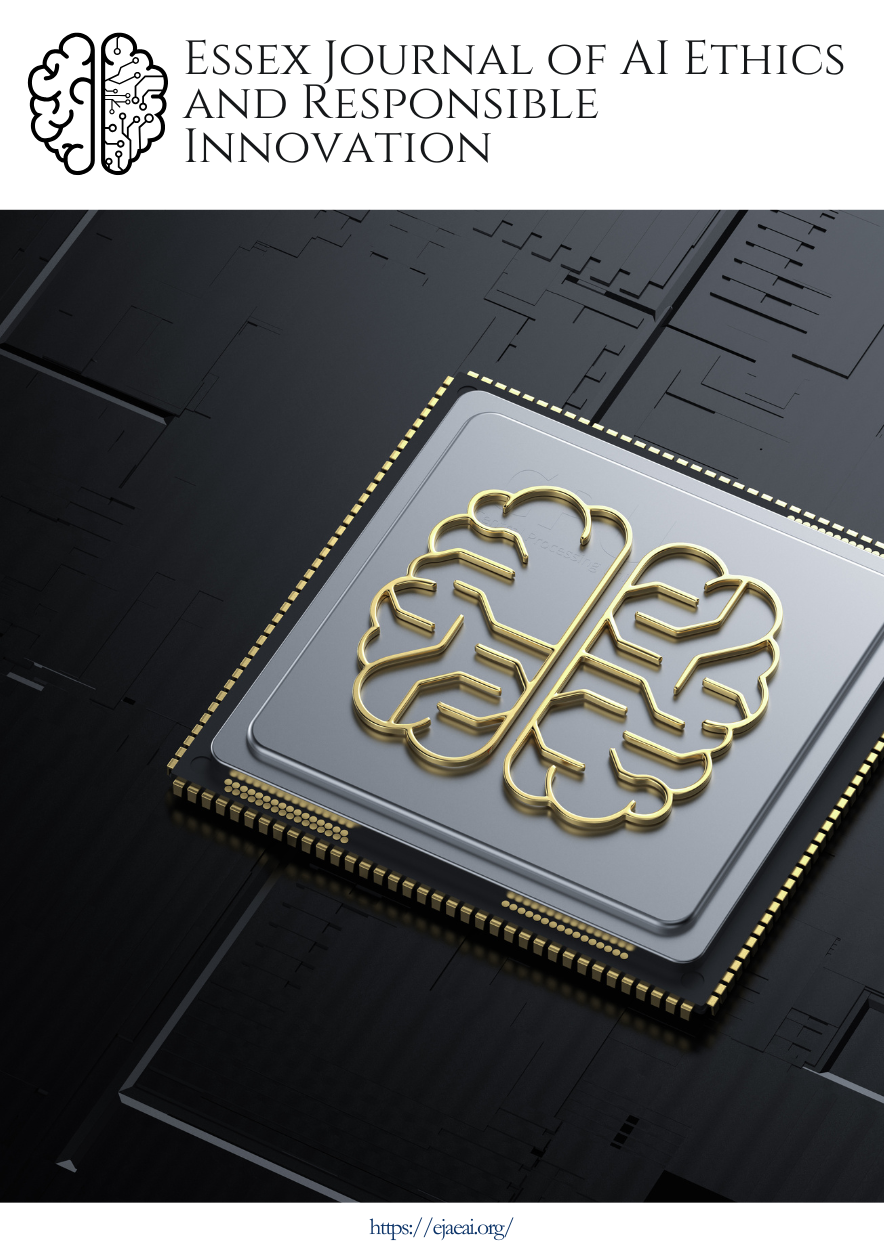AI for Predictive Load Forecasting in Edge-to-Cloud Architectures: A Multi-Tier Resource Optimization Framework
Keywords:
Artificial Intelligence, Predictive Load Forecasting, Edge-to-Cloud ArchitectureAbstract
The rapid growth of Internet of Things (IoT) devices and the increasing demand for real-time processing have led to a paradigm shift towards edge-to-cloud computing architectures. These architectures leverage computational resources at both the edge and the cloud to deliver efficient and scalable solutions. Predictive load forecasting, which anticipates future computational demand, is a critical component in optimizing resource allocation across edge and cloud layers. This paper proposes a multi-tier AI-based resource optimization framework for predictive load forecasting in edge-to-cloud systems. By utilizing machine learning (ML) and deep learning (DL) models, the framework predicts load patterns, enabling dynamic resource allocation, load balancing, and improved overall system efficiency. The paper explores key techniques for load forecasting, challenges in implementing AI models in distributed environments, and the potential benefits of AI-driven predictive systems in edge-to-cloud architectures. The proposed framework is demonstrated with case studies in smart cities and industrial IoT systems.
Downloads
References
Zhang, Y., & Li, S. (2021). Machine learning models for predictive load forecasting in IoT systems. Journal of Internet of Things, 22(4), 123-137.
Kumar, V., & Sharma, M. (2020). Reinforcement learning for resource optimization in edge computing. IEEE Transactions on Cloud Computing, 8(3), 689-702.
S. Kumari, “Kanban-Driven Digital Transformation for Cloud-Based Platforms: Leveraging AI to Optimize Resource Allocation, Task Prioritization, and Workflow Automation”, J. of Artificial Int. Research and App., vol. 1, no. 1, pp. 568–586, Jan. 2021
Singu, Santosh Kumar. "Designing scalable data engineering pipelines using Azure and Databricks." ESP Journal of Engineering & Technology Advancements 1.2 (2021): 176-187.
Madupati, Bhanuprakash. "Blockchain in Day-to-Day Life: Transformative Applications and Implementation." Available at SSRN 5118207 (2021).
S. Kumari, “Digital Transformation Frameworks for Legacy Enterprises: Integrating AI and Cloud Computing to Revolutionize Business Models and Operational Efficiency ”, Journal of AI-Assisted Scientific Discovery, vol. 1, no. 1, pp. 186–204, Jan. 2021
Singu, Santosh Kumar. "Real-Time Data Integration: Tools, Techniques, and Best Practices." ESP Journal of Engineering & Technology Advancements 1.1 (2021): 158-172.
S. Kumari, “Kanban and AI for Efficient Digital Transformation: Optimizing Process Automation, Task Management, and Cross-Departmental Collaboration in Agile Enterprises”, Blockchain Tech. & Distributed Sys., vol. 1, no. 1, pp. 39–56, Mar. 2021
Madupati, Bhanuprakash. "Kubernetes: Advanced Deployment Strategies-* Technical Perspective." (2021).
Wang, T., & Chen, Z. (2022). Multi-tier load balancing for edge-to-cloud architectures using AI. Journal of Computing and Communication Networks, 35(2), 210-225.
Anderson, R., & Johnson, L. (2021). Dynamic resource allocation in edge-to-cloud systems. Cloud Computing Advances, 14(1), 45-59.
Gupta, P., & Verma, A. (2020). Data preprocessing techniques for machine learning in edge computing. International Journal of Data Science, 7(3), 121-134.
Singh, H., & Gupta, P. (2020). Real-time predictive analytics for edge systems. IEEE Access, 9, 7890-7899.
Zhao, R., & Wang, S. (2023). Federated learning for IoT-based predictive analytics. Journal of Machine Learning and Applications, 5(1), 43-56.
Kumar, S., & Jain, A. (2022). AI in industrial IoT for energy optimization. IEEE Transactions on Industrial Informatics, 18(3), 543-556.
Li, Q., & Zhao, L. (2021). AI-driven smart grid optimization using machine learning. Energy and Power Systems, 33(5), 612-624.
Zhang, L., & Wang, F. (2023). Transfer learning for AI in IoT applications. Journal of AI and Machine Learning, 9(1), 99-112.
Liu, C., & Tan, Y. (2022). 5G-enabled AI in IoT for predictive load forecasting. IEEE Journal on Selected Areas in Communications, 40(10), 2345-2356.
Kim, H., & Park, J. (2023). Explainable AI in resource allocation for edge computing. AI for Computing, 4(2), 67-79.


